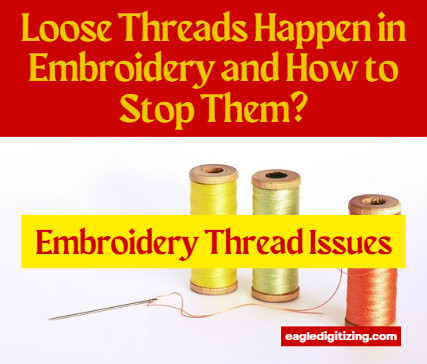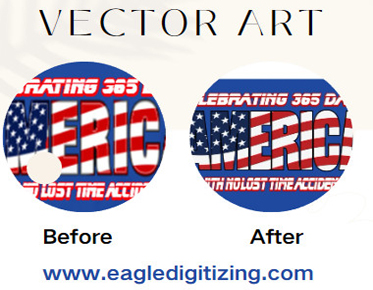Digitizing Glossary
Jump Stitch: Movement of the frame without stitching but with take up lever and hook movement. |
Lettering: Embroidery using letters or words, either made completely with stitches, or a combination of cutout applique pieces and stitching. |
Lock stitch: Commonly referred to as a lock-down or tack-down stitch, a lock stitch is formed by three or four consecutive stitches of at least a 10-point movement. It should be used at the end of all columns, fills and at the end of any element in your embroidery design where jump stitches will follow, such as color changes or the end of a design. Lock stitches may be stitched in a triangle, star or in a straight line. Lock stitch is also the name of the type of stitch formed by the hook and needle of home sewing machines, as well as computerized embroidery machines.
|
Machine Language: The codes and formats used by different machine manufacturers within the embroidery industry. |
Monogram: Embroidered digitizing design composed of one or more letters, usually the initials in a name. |
Needle: Small slender sewing instrument with an eye at one end to pass the thread through. |
Outline: 1.Running, double or bean stitch used to define embroidery details in embroidery designs. 2. Embroidery digitizing capability to input points to define the perimeter of the embroidered area. |
Push and pull: The terms push and pull are used together so often, it seems at times people believe they happen together. They do sometimes, but in most cases the element and/or the fabric are causing either push or pull, but not both. The exception to this rule tends to be in satin stitch columns, whether in a letter or otherwise. Satin columns can pull in on the ends and out on the sides. |
Running Stitch: Running stitches or walk stitches are single line stitches which run one stitch between two needle penetration point. A running stitch goes from point A to point B. They are used for very fine detail and also for underlay. |
Satin Stitch: Satin stitches are nothing more than zigzag stitches. A satin stitch can range in thickness from just over 1mm to usually a maximum of 12mm. A satin stitch is normally used for nice detail and for most normal size lettering. |












Recent Articles
Latest Blog Post
Why Do Loose Threads Happen in Embroidery and How to Stop Them?
Have you ever found yourself delicately stitching away, only to be frustrated by the appearance of loose threads? How do these pesky strands infiltrate our carefully crafted...
Read MoreTips for Selecting the Right Format for Your Vector Graphics Needs
Vector graphics are a cornerstone of modern design, providing unparalleled flexibility and scalability. The importance of choosing the right format cannot be overstated, as...
Read MoreWhat Best Practices for Embroidery Fabric and Thread Selection to Enhance Design Quality?
Have you ever wondered what separates a mediocre embroidery design from a masterpiece? The secret lies in fabric and thread selection. Join us as we unravel the best practices...
Read More







